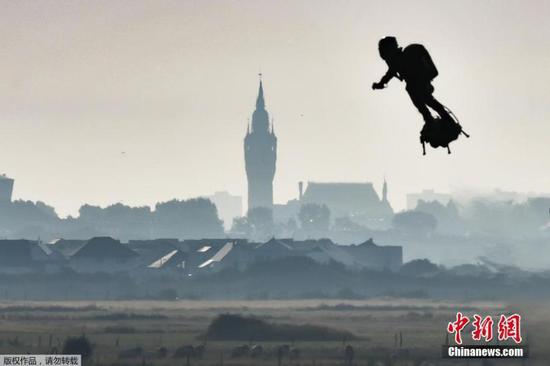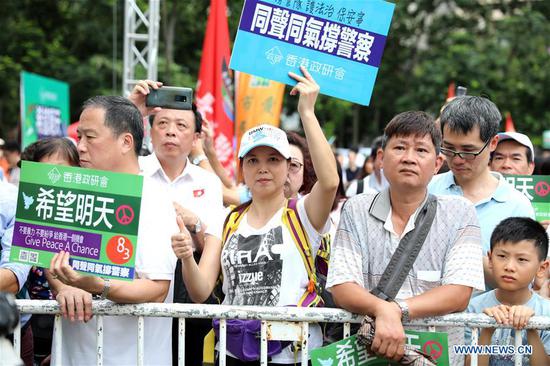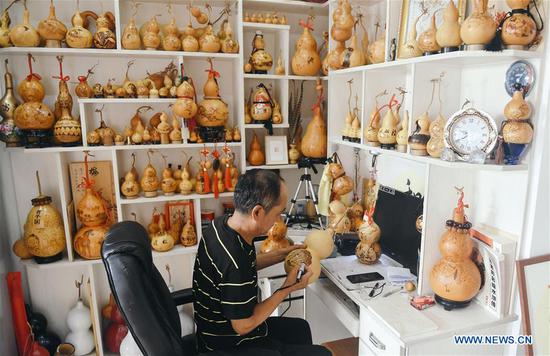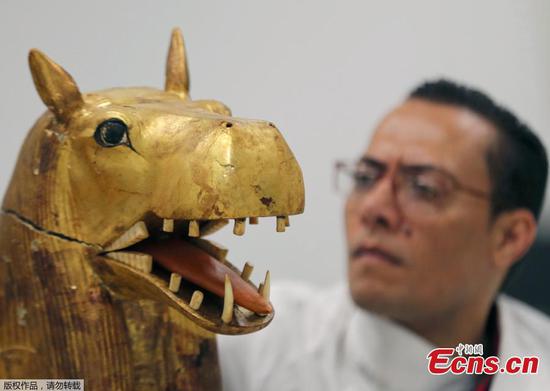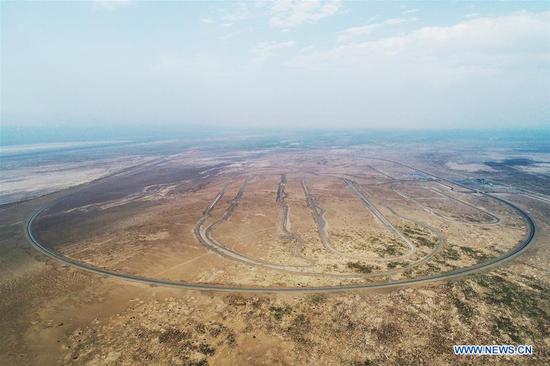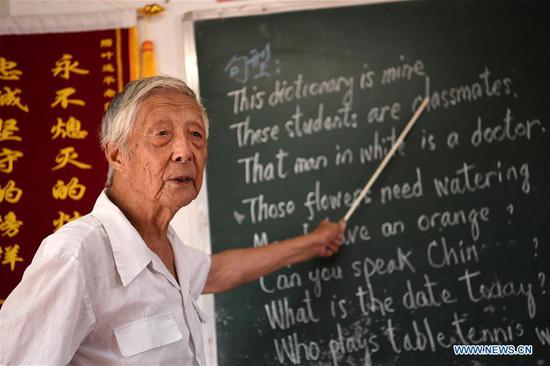PBOC will provide reasonably ample liquidity in H2 amid mounting pressure
The People's Bank of China (PBOC), the country's central bank, said it will maintain a prudent monetary policy that's neither too tight nor too loose in the second half of 2019 and tackle mounting external and internal pressure via a multitude of policy tools.
It will make counter-cyclical adjustments at appropriate times and use multiple monetary tools to keep liquidity levels reasonable while ample, the central bank said during its work conference for the second half year on Friday.
Overall, the central bank's monetary policy for the second half represents continuity with its stance starting from last year, said Lian Ping, chief economist of Bank of Communications.
"Reflecting on the first half of the year, the PBOC effectively implemented a mix of policy tools flexibly to keep liquidity ample," Lian told the Global Times on Sunday.
M2, a broad measure of money supply that covers cash in circulation and all deposits, increased 8.5 percent year-on-year to 192.14 trillion yuan ($27.69 trillion) at the end of June, data from the PBOC showed in July.
The M2 growth rate was unchanged from the level of end-May, which was relatively high since the second quarter of last year.
The growth of M2 and of total social financing should be commensurate with the growth in nominal GDP, said the central bank.
"Liquidity in big banks has mainly performed well while some small and local ones have encountered liquidity crises," said Lian.
In May, the PBOC and the China Banking and Insurance Regulatory Commission took over Baoshang Bank Co, a private lender in North China's Inner Mongolia Autonomous Region and provided liquidity support after the bank's key stakeholder - Tomorrow Holdings - was targeted in a crackdown on systemic risks.
The PBOC also emphasized the importance of preventing and defusing major financial risks and protecting the legitimate interests of the public.
Zhao Xijun, vice director of the School of Finance at Renmin University of China, told the Global Times on Sunday that potential systemic risks should be guarded carefully in the process of promoting financial-sector supply-side reform.
"Structural changes on the supply side should resonate with the nation's economic development strategy and new driving force of the economy," said Zhao.
The central bank is likely to encounter more pressure in the second half of 2019 compared with the first half, which means that more targeted macro policies are needed to maintain support for steady economic development, experts said.
"Uncertainties caused by the ongoing China-U.S. trade war have become more intense than ever," said Zhao, adding it is crucial to be on high alert for the impact of the trade fight on the market economy and the real economy.
The U.S. Federal Reserve on Wednesday lowered interest rates by 0.25 percentage point, the first cut since the 2008 global financial crisis, amid rising uncertainty over trade war.
About 12 central banks in the world announced rate cuts following the move, while China's central bank remained steady, sending a signal that it would follow its own pace.
"Actually, we have relatively low interest rates in the money market and lending sector, so there is limited room for further declines," said Lian.
Sun Guofeng, head of the monetary policy department of the PBOC, said at a press conference in July that China's interest rates have been falling since last year. The PBOC will stick to the principle of internal window instruction and maintain ample liquidity as well as reasonable interest rates, said Sun.















